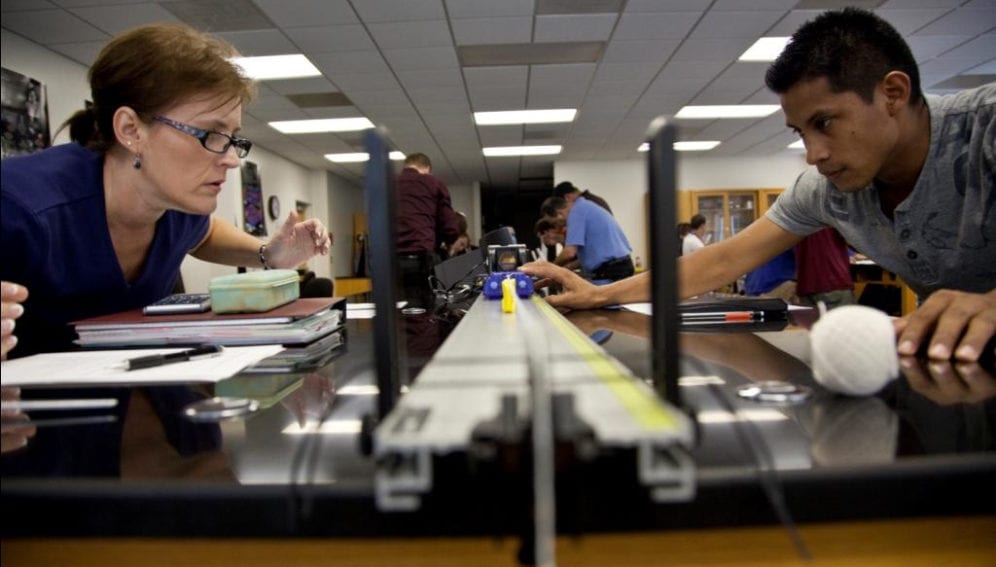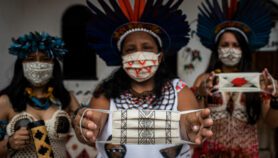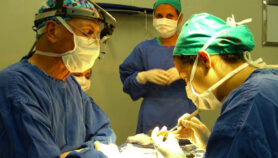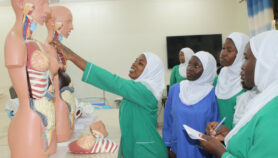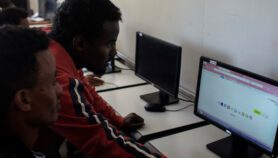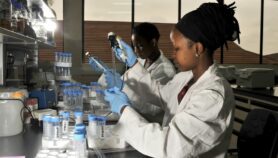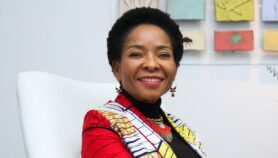Send to a friend
The details you provide on this page will not be used to send unsolicited email, and will not be sold to a 3rd party. See privacy policy.
[SALVADOR, BRAZIL] When the 10th international conference on Public Communication of Science and Technology (PCST2014) opened last week in Salvador, we were reminded that the field began in earnest 25 years ago with an erstwhile paper from UNESCO. Since then, the community of practitioners and academics have called themselves different things and been subject to a shifting lexicon of buzzwords around having society appreciate science. To understand the state of the field today, I have pulled out four topics which surfaced repeatedly over the meeting’s three days. Identifying challenges in this way can be particularly revealing, by providing a point of focus for future discussions and a helpful summary for interested observers.
The diversity of language is a fundamental challenge for science communication
For the developing world, the problem is manifest in a number of ways, all of them indicated at the conference. I’ll start with the inspiring comedy group called the ‘Big Van Theory’. This is a group of scientists who occasionally perform comedy monologues about their work — and they left the PCST audience in tears of laughter. They are from Spain but perform in Portuguese and English. Their work is impressive, but neither the group nor myself could think of anyone else doing quite what they do — which is a shame, because having scientists communicate what they do entertainingly, in local idiom, would be a success across the rural reaches of the developing world.
In addition to this, as Elizabeth Rasekoala of the African-Caribbean Network for Science and Technology pointed out, in many indigenous tongues, phrases are too imprecise to lend themselves to scientific explanation. For instance, the various machinations of the reproductive act are sometimes described as a man ‘falling on a woman’! There were also examples of language getting in the way of building consensus because the Dutch and Portuguese words for ‘sustainability’ can imply different material qualities.
There is precious little known about the value of social media despite its increasing pervasiveness
Mohammed Yahia of Nature Middle East said they are no social media experts, just explorers. We know quite a bit about what the current social media landscape looks like but precious little about how it works; every insight seems to complicate or contradict what went before.
“Some of these challenges can be resolved by the science communication community itself. But some require creative and widespread collaboration with anyone who believes that science and evidence matter.”
Nick Ishmael Perkins, SciDev.Net
Dominique Brossard from the University of Wisconsin, United States, noted that in 2011 during the International Congress for Conservation Biology, 1,731 tweets by 176 individuals reached 110,000 people. But Brossard presented some analysis that demonstrated that the vast majority of us speak to like-minded folk on social media. Those that don’t are precious and far between. We also know that around half of academic tweeters received their PhD less than five years ago — underscoring that this is hardly an inclusive landscape.
So it’s not easy for science communicators to understand how social media might serve their agenda. Does it deliver certain outcomes better than others? For instance, covering breaking news compared with building advocacy coalitions? Brossard ended a breathless presentation with a plea for more formal research partnerships involving social media practitioners.
The third issue is that there is still some way to go with reconciling science communication with journalism
PCST has been traditionally thought of as a space for science communication professionals, typically science educators or press officers embedded in research organisations. There is some overlap in the concerns between these folk and journalists covering science. Yet the concerns some have about the independence of people who work both as science journalists and as communicators may be overstating the difference between communications and journalism. The term ‘science communicator’ necessarily covers a diverse group of professionals. In developing countries, writers often need to juggle journalistic and communications roles simultaneously. Still, among the 500 PCST delegates, there were only a handful who had been at the World Conference of Science Journalists eight months earlier.
It was not surprising then that there were few panels focused on journalistic practice or theory. But what there was proved instructive. One session explored different approaches to covering controversial topics. One approach is called ‘false balance’. This is where equal space is devoted to competing theories to deliver the kind of objectivity typical of journalism more broadly. Another is the ‘weight of evidence’ approach, which allows the writer to make clear which theory has the majority of scientific support. Presenters who had done research exploring the impact on opinions and educational outcomes, pointed out that the ‘weight of evidence’ approach — while thoughtful — was out of sync with standard journalism training. (Though early evidence suggests that it is effective at conveying the nature of scientific debate.)
Finally, we should remember that science is only part of the solution
At the end of the closing plenary, Martin Bauer of the London School of Economics, United Kingdom, rushed to the stage to ask his peers why they struggle to move away from the idea that science communication is meant to educate an ignorant public with facts. This traditional approach to education is called the deficit model. It has been proven many times — most recently with climate science — that the supply of scientific evidence does not itself change aspirations, behaviour or values. There is another model for understanding how science is communicated called the democratic model, and this is about building a public consensus around scientific developments. The problem with this approach is that it makes conflict resolution the aim of the communication which may miss the point. So neither of these methods is ideal.
But there were a number of folks at PCST offering a third way, and these all had a few features in common. Foremost, acknowledgement that science alone cannot determine the future and values of our society; that space for engagement should be part of research excellence; that different voices reflect different types of authority and expertise which should be acknowledged; and most importantly that the point is not simply about accepting or rejecting science but about integration.
Some bristled at the operational implications of this framework — how would all this be realistically achieved? But Alan Irwin, a dean at Copenhagen Business School in Denmark, insisted this is not a romantic indulgence, it is the most practical solution to the decisions facing our societies now. I would say this is even more the case in developing countries where the stakes are particularly high — as are the opportunities for rapid development through technology.
Clearly some of these challenges can be resolved by the science communication community itself. But some require creative and widespread collaboration with anyone who believes that science and evidence matter.


